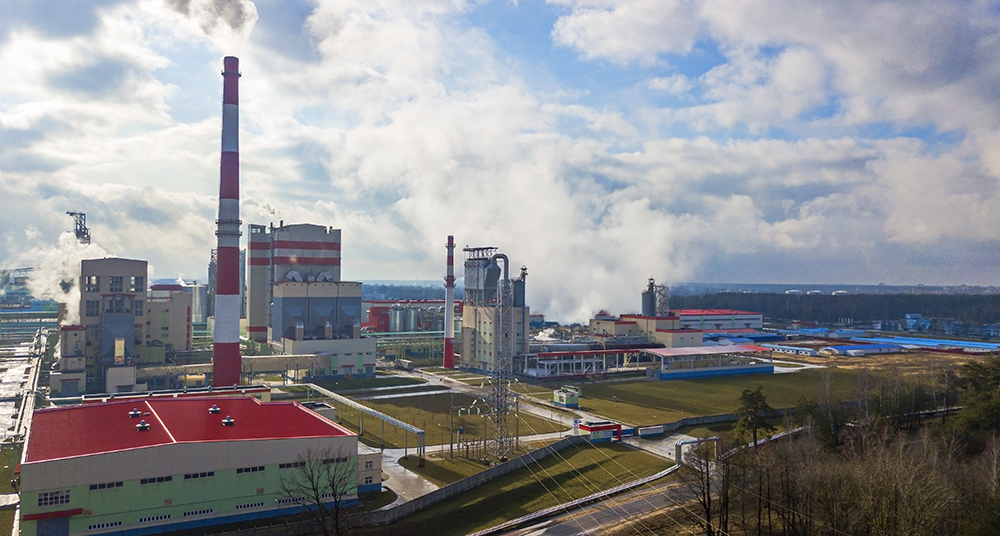
According to a recent release, Solenis, a specialty chemicals producer, is working with a St. Croix Tissue in Maine on continuous process improvement with autonomous chemistry control.
Developed with the ProcessMiner AI platform, the Solenis OPTIX adaptive analytics system reportedly learns complex variable relationships in pulp and paper manufacturing processes to determine a digital measure of product quality, with the goal of optimizing raw materials use and reducing water and energy consumption.
Deployed at St. Croix Tissue in Baileyville, Maine, OPTIX recently enabled the mill to use a closed-loop controller and quality parameter predictions, the mill was able to control its strength chemistry autonomously to optimize chemical feed and adhere to target parameters, according to the release.
“OPTIX has shown that it can reasonably predict different lab-tested parameters,” said Devin Rose, technical manager, St. Croix Tissue. “We’ve used this prediction in a closed-loop controller and successfully reduced variation in the final product. As a result, we’re excited about the value of this program.”
Launched by Solenis in early 2019, the OPTIX platform is operational in nine paper mills in North America and Europe. AI-powered predictive analytics of key quality parameters can allow on-the-fly process improvement, near-real-time process insights and continuous chemical control, the company said.
“Solenis continues to deliver innovative solutions that solve the complex problems that exist in the pulp and paper industry,” said Andreas Türk, president, Eurasia, Solenis. “Our partnership with ProcessMiner enables us to uniquely deliver the cutting-edge artificial intelligence and machine learning technology required for real-time, predictive analytics and autonomous manufacturing. Our latest OPTIX offering, autonomous chemistry optimization, is another example of Solenis delivering the value our customers need to stay competitive.”
“Solenis has been the ideal partner for driving autonomous manufacturing in the pulp and paper industry, leveraging the technology we’ve developed,” said Karim Pourak, cofounder and CEO, ProcessMiner. “We expect rapid adoption and mill expansion of the OPTIX platform in this industry as a result of our recent autonomous control success at St. Croix Tissue.”
Ken Briodagh is a storyteller, writer and editor with about two decades of experience under his belt. He is in love with technology and if he had his druthers would beta test everything from shoe phones to flying cars.Edited by
Ken Briodagh





